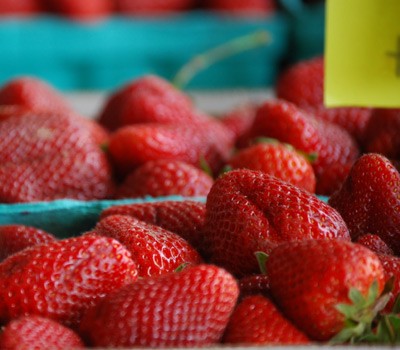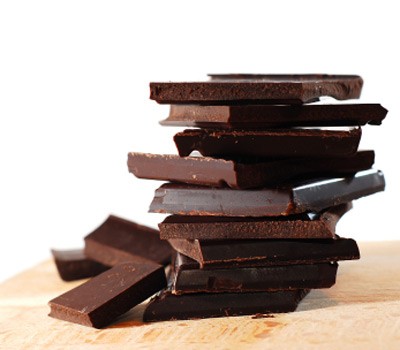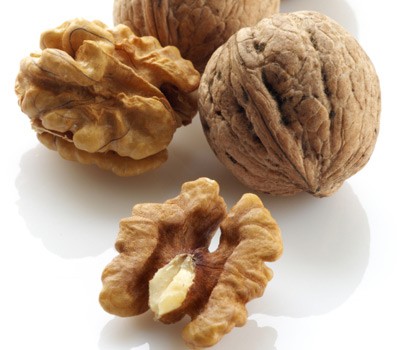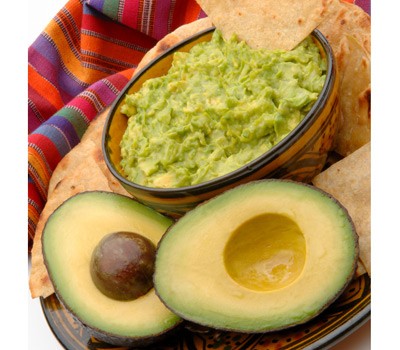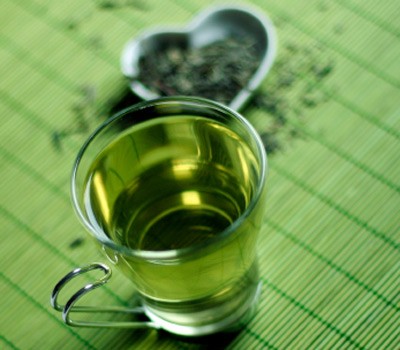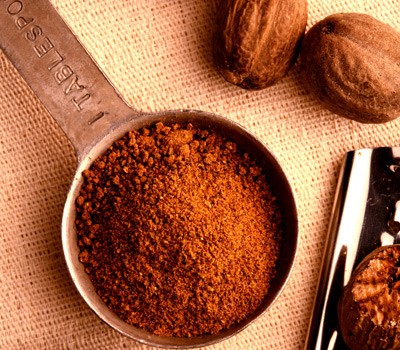Good Fats vs Bad Fats
Conventional wisdom on dietary fats has changed. At one time, all fats were deemed unhealthy, and responsible for all manner of diseases, from cardiovascular disease to diabetes. But years of research have changed our thinking and we now know that all fats are not created equal. There are good fats, bad fats, possibly-not-so-bad fats, and very bad fats.
The Good: Unsaturated Fats
As oxymoronic as it sounds, there are actually good fats—the unsaturated kind that help fight the very diseases that consuming excess fat was said to cause. These unsaturated fats are divided into monounsaturated fats and polyunsaturated fats, and both types are thought to have beneficial effects on cholesterol levels.
Monounsaturated fats help lower LDL (bad) cholesterol while also boosting HDL (good) cholesterol.
Polyunsaturated fats are also thought to help lower total and bad cholesterol. But monounsaturated fats tend to be favored over polyunsaturated fats because some research suggests that polyunsaturated fats are less stable, and can reduce levels of good cholesterol as well as bad.
But let’s not ignore polyunsaturated fats. These are often a good source of omega-3 fatty acids, found mostly in cold-water fish, nuts, oils and seeds, and also in dark leafy greens, flaxseed oils and some vegetable oils. One kind of omega-3 fatty acid is an “essential fatty acid,” which cannot be manufactured by our bodies, so eating these foods is the only way to get them. Omega-3 fatty acids are thought to lower blood pressure, combat LDL (bad) cholesterol, fight inflammation and protect the brain and nervous system.
Most cooking oils are made up primarily of unsaturated fats. When it comes to choosing cooking oils, each type of cooking oil varies in its ratio of monounsaturated to polyunsaturated fats. Two oils stand out for their high levels of monounsaturated fats: canola oil and olive oil. Other than nonstick cooking spray, these two oils should be in your pantry.
At the end of the day, a good fat is still a fat in terms of calories. Any labels on cooking oil that describe the oil as “light,” are referring to the taste or color, not the fat or calorie content. All oils are 100 percent fat and are worth around 120 calories per tablespoon.
The Bad: Saturated Fats
Then there are the bad fats—those artery-clogging saturated fats from meat and dairy products. These fats are solid at room temperature. Saturated fats not only clog our arteries, they also directly raise total and LDL (bad) cholesterol levels. Avoid them as much as possible.
But, we are told, some saturated fats may not bad at all: some argue that coconut oil and palm oil may actually be beneficial because their particular fatty-acid make-up means they are metabolized differently in the body. So it could be that plant-based saturated fats may be more beneficial, or at least more neutral, than we think, but there is no broad consensus on this yet. And while coconut oil and palm fruit oil have been rehabilitated in the eyes of some, there are fewer proponents of palm kernel oil.
The Worst: Trans Fats
Finally, there are what are now described as the really bad fats: trans fats, also known as hydrogenated fats. Trans fats are created during a hydrogenation process, where liquid vegetable oils are converted into solid fats. Trans fats are thought to be worse for us than saturated fats because they not only raise total and LDL (bad) cholesterol, they also lower HDL (good) cholesterol.
Trans fats lurk in all kinds of processed foods, from French fries to cookies. Thanks to new food-label laws, which came into effect in January 2006, trans fats—once described as hidden fats—are now listed on all packaged foods. And in the year or two before these label laws came into effect, there was a lot of media attention focused on trans fats, and what food manufacturers were doing to reduce trans fats in their products. But has this increased our awareness of these bad fats made an impact on our eating habits?
In a survey by the NPD Group, a market research firm, 94 percent of us are aware of trans fats, and 73 percent of us are concerned about them. But although most consumers were aware that french fries and other fried foods contained trans fats, they were less aware of the trans-fat content in other processed goods such as cakes, doughnuts, and snack foods. Indeed, 65 percent of consumers believed restaurant food was more likely to contain trans fats than food eaten at home. And despite consumers expressing a desire to avoid trans fats while eating out, sales of foods containing trans fats, such as fried chicken, are still increasing.
Either we’re as confused as ever, or we choose to disregard what we know. It’s hard to pass up those delicious fast-food fries or refuse to buy our favorite packaged cookies or doughnuts. But with many restaurants switching to alternative cooking oils—voluntarily or otherwise, it looks like trans fats are finally on their way out.
What Kind of Fats Should we Eat?
The bottom line is that the body needs dietary fat. Fat is a source of energy, it allows the proper function of cells and the nervous system, and fat is required for the proper absorption of certain vitamins. Fat also helps us maintain healthy hair and skin, and insulates us from the cold. Nonetheless, we should limit our fat intake to no more than 30 percent of daily calories. Anything lower than 20 percent, however, is unhealthy. Most of that fat should be unsaturated. Use liquid oils over solid fats in cooking. Choose low-fat dairy products, and the leanest cuts of meat and poultry. We should eat fish (including fatty fish such as salmon) at least twice a week, and keep processed food and fast foods to an absolute minimum.
Finally, back to trans fats: even if a food label proudly touts 0g trans fats, it doesn’t transform that food into a health food. It means that the hydrogenated fat has been replaced by another kind of fat, often a saturated tropical fat, which may or may not be more beneficial.

